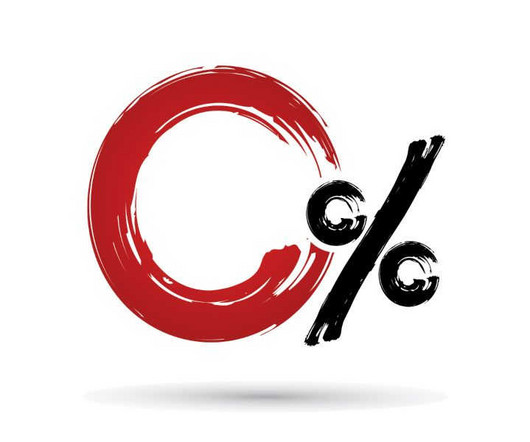Mercer’s Musings #3: Marketability Discounts Re Two Hypothetical Minority Interests
Chris Mercer
FEBRUARY 23, 2024
My conclusion is that the various restricted stock studies are inadequate to meet current business valuation standards and that they should not be used as a basis for “guessing” the magnitude of marketability discounts for illiquid interests of closely held businesses. The interests differ significantly from that point on.













Let's personalize your content